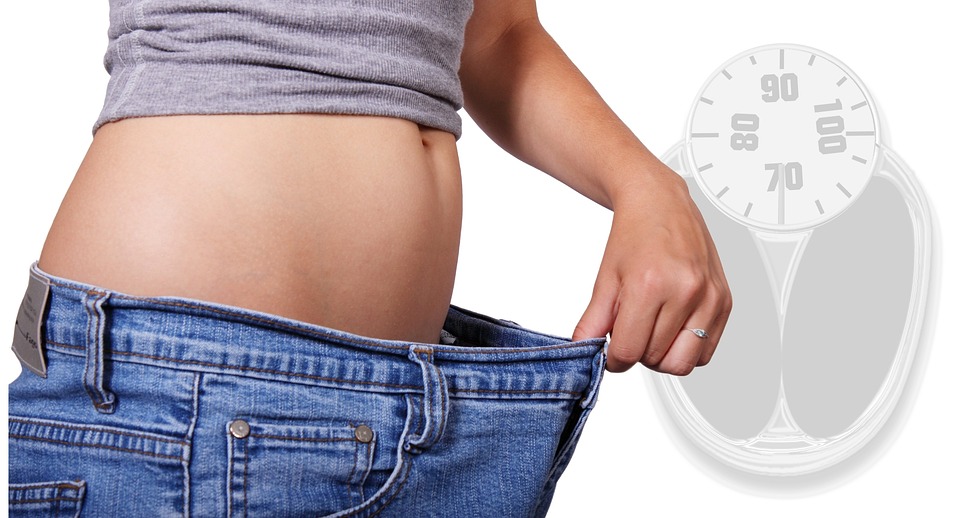Understanding Body Composition: The Key to Achieving Your Fitness Goals
Introduction
When it comes to achieving your fitness goals, understanding your body composition is crucial. Body composition refers to the different components that make up your body, such as fat, muscle, bone, and water. By understanding these components and their proportions, you can tailor your fitness routine and nutrition plan to effectively reach your goals. In this article, we will delve deeper into body composition and explore how it impacts your fitness journey.
The Components of Body Composition
1. Fat Mass:
Fat mass refers to the amount of fat stored in your body. While some fat is necessary for insulation and energy storage, excessive fat can lead to various health issues. Measuring your body fat percentage can provide insights into your overall health and help you set realistic fitness goals.
2. Muscle Mass:
Muscle mass is the amount of muscle tissue in your body. It plays a vital role in maintaining a healthy metabolism, supporting joint stability, and enhancing your overall strength. Increasing muscle mass can help you burn more calories, even at rest.
3. Bone Mass:
Bone mass refers to the weight of your bones. It is influenced by factors such as genetics, age, and lifestyle. Maintaining optimal bone mass is essential for preventing osteoporosis and reducing the risk of fractures.
4. Water:
Water makes up a significant portion of your body composition. It is involved in various bodily functions, including regulating body temperature, transporting nutrients, and lubricating joints. Adequate hydration is vital for overall health and performance.
Measuring Body Composition
There are several methods available to measure body composition accurately. Here are a few commonly used techniques:
1. Dual-Energy X-ray Absorptiometry (DEXA):
DEXA scans are considered the gold standard for measuring body composition. This method uses low-dose X-rays to differentiate between bone, fat, and lean tissue. It provides detailed information about your body fat percentage, muscle mass, and bone density.
2. Bioelectrical Impedance Analysis (BIA):
BIA measures body composition by sending a safe and low-level electrical current through the body. The resistance encountered by the current helps estimate the amount of fat, muscle, and water in your body. BIA devices are commonly available as handheld or scale-based devices.
3. Skinfold Calipers:
Skinfold calipers measure body fat percentage by pinching the skin at specific locations and measuring the thickness of the skinfold. The measurements are then used to estimate your total body fat percentage.
4. Air Displacement Plethysmography (ADP):
ADP, also known as the Bod Pod, measures body composition by determining the body’s volume and density. It uses air displacement to calculate body fat percentage, muscle mass, and other components.
Setting Realistic Fitness Goals
Understanding your body composition can help you set realistic fitness goals that go beyond just weight loss. Instead of solely focusing on the number on the scale, consider factors such as body fat percentage, muscle mass, and overall strength. By setting goals that align with your body composition, you can work towards achieving a healthier and more balanced physique.
Frequently Asked Questions (FAQs)
1. How can I decrease my body fat percentage?
To decrease your body fat percentage, focus on creating a calorie deficit through a combination of a balanced diet and regular exercise. Incorporate strength training to build muscle, as it can help increase your metabolism and burn more calories.
2. Can body composition change without weight loss?
Yes, body composition can change even without significant weight loss. By incorporating strength training into your fitness routine, you can build muscle while simultaneously losing fat. This can result in a leaner and more defined physique, even if your weight remains the same.
3. Is it possible to gain muscle and lose fat at the same time?
While challenging, it is possible to gain muscle and lose fat simultaneously. This process, known as body recomposition, requires a well-designed workout program and proper nutrition. It is more commonly seen in beginners or those returning to strength training after a break.
4. How often should I measure my body composition?
The frequency of measuring your body composition depends on your goals and progress. For most individuals, measuring every 4-8 weeks is sufficient to track changes accurately. However, avoid obsessing over the numbers and focus on overall progress and how you feel.
Conclusion
Understanding your body composition is essential for achieving your fitness goals. By knowing the proportions of fat, muscle, bone, and water in your body, you can tailor your approach to exercise and nutrition. Remember that achieving a healthy body composition goes beyond just weight loss and includes building muscle, improving bone density, and maintaining hydration. Embrace the journey and make informed choices that contribute to your overall well-being.
For more information on body composition and fitness goals, check out this informative article: [insert external link here].



